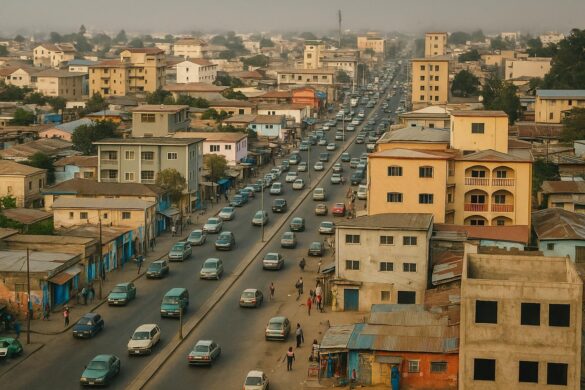Growth Forecasts Point to Steady Recovery
The latest macroeconomic outlook from Brazzaville, presented to Parliament, projects national growth of 3.6% in 2026, up from 3.1% forecast for 2025, confirming a gradual exit from the oil-centric paradigm.
A senior official from the Ministry of the Economy emphasized that the forecasts were calculated using conservative oil price assumptions and therefore offer “reassurance to investors who feared volatility.”
The cornerstone of the revised trajectory is the non-oil sector, which is expected to accelerate to 4.2% in 2026, driven by agriculture, construction, digital services, and a nascent mining segment that authorities describe as “the next wave of growth.”
Non-Oil Engines Gain Momentum
Agro-industrial pilot projects along the Niari valley, supported by the World Bank and the African Development Bank, have begun supplying local breweries with cassava starch, reducing import bills and creating jobs for smallholders.
In Pointe-Noire, the Atlantic data center, funded by private capital, achieved a 70% occupancy rate after one year of operation, a sign that local fintechs and regional telecom operators prefer to host their platforms locally to comply with CEMAC data regulations.
Meanwhile, the Sino-Congolese joint venture Sinohydro-Madingou has restarted clinker production, alleviating cement shortages that had paralyzed public housing construction sites in the Bouenza and Plateaux departments for months.
Maintaining Price Stability
Inflation, projected at 3% in 2026, sits comfortably within the CEMAC convergence criterion of 3%, a benchmark that officials have repeatedly described as non-negotiable for monetary credibility.
The regional central bank BEAC attributes the expected slowdown to improved food supply chains, lower import freight costs, and what the Governor called “stricter liquidity management” following successive key rate hikes earlier this year.
For urban households, the price of a standard baguette has stabilized at 150 CFA francs since August, a symbolic threshold closely monitored by policymakers mindful of the 2022 protests triggered by sudden bread price adjustments.
Fiscal Reforms and Debt Management
Beyond macroeconomic targets, the government states it will maintain the overall budget deficit below 2% of GDP through control of current expenditure and improved tax collection from telecommunications licenses and mining permits.
Public debt, which had peaked above 100% of GDP in 2020, has fallen to around 77% following restructurings with Chinese lenders and a domestic bond swap finalized in July.
Authorities insist that any further borrowing will focus on concessional windows and project-linked instruments, avoiding the pitfalls of previous oil-collateralized facilities that complicated cash flow planning.
Private Sector Cautiously Optimistic
Representatives from the Congolese Chamber of Commerce welcomed the outlook but urged a faster resolution
